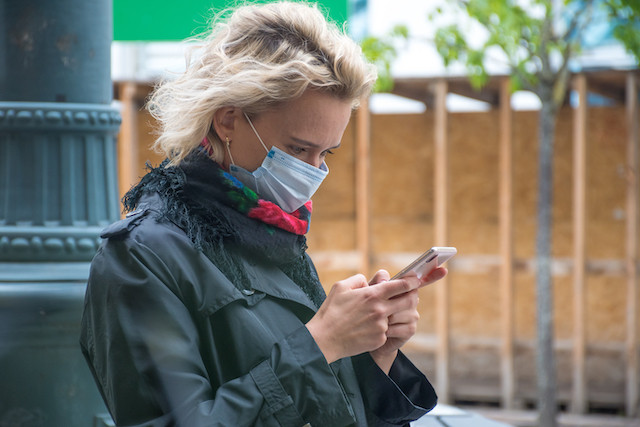Earlier this year, Professor Ryan’s team secured €60,000 in FNR funding for a six-month project examining the privacy and security settings of contact tracing apps.
It hasn’t been easy. “It is difficult to evaluate because the relevant data is difficult to get hold of. Another point is that it’s a very fast-moving field,” he told Delano.
“There has been everything from academic proposals and papers to real deployed apps. More recently, Google and Apple came onto the scene [...] That completely changed the scene.”
The finance was too small to create an app so Ryan’s team sought to assess the vast playing field to advise the Luxembourg government, if needed.
The government has yet to seek their advice, though Luxembourg’s prime minister Xavier Bettel (DP) has repeatedly said the country would not adopt a contact tracing app because of privacy concerns but also because it would have to work across borders.
In an interview for Radio 100,7 on Friday, health minister Paulette Lenert (LSAP) said manual contact tracing remained for her an effective awareness raising tool and created multipliers for spreading the message about protection against spreading the virus. “This return on investment we wouldn’t have from an app,” she said, adding: “We’re not excluding it. Maybe at a later stage. But we’re more efficient in what we’re doing now.”

Screengrab from University of Luxembourg video shows professor in computer science and communication-applied security Peter Ryan
Privacy and effectiveness
Ryan believes that because app design is constantly evolving “the privacy guarantees are now probably adequate” for some of the more promising apps. What is more, he says that the technology is steadily improving when it comes to the accuracy of proximity estimation. Previously, Bluetooth’s proximity accuracy was hampered by aspects such as phone orientation, model and battery life.
“Probably it is worth deploying or at least trialling [a contact tracing app in Luxembourg]. It looks like some deployed systems, in Switzerland for example, have yielded some useful results to the extent they will help at least to a modest extent and can complement manual tracing.”
One of the biggest hurdles to being effective is convincing populations to download an app. The ambitious 60% uptake goal cited earlier in the year is considered an upper end of the scale. A lower uptake could also contribute to limiting the virus’ spread, according to researchers who compiled the same Oxford University Study that gave the 60% threshold. That is good news since no EU nation has reached the threshold, the closest being Iceland with 40%.
Privacy perception survey
The professor was hopeful that if an app was deployed in Luxembourg, there would be sufficient uptake for it to be useful. To be sure, his team will shortly launch a survey to better understand the population’s security and privacy concerns.
If Luxembourg were to adopt such an app, the matter of compatibility with neighbouring countries would be the last obstacle. So far, of the three border countries, only Germany’s decentralised app is part of the EU interoperability gateway. On Friday, Lenert was sceptical about the uptake of the German contact tracing app. But it is not the only candidate. “Of the ones we’ve looked at, the DP3T app from EPFL and PACT from MIT are the most promising,” Ryan said.
